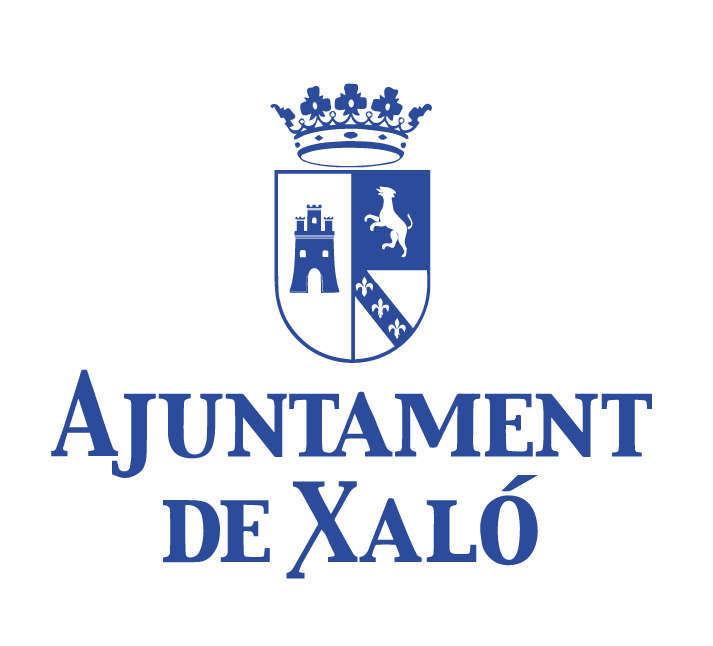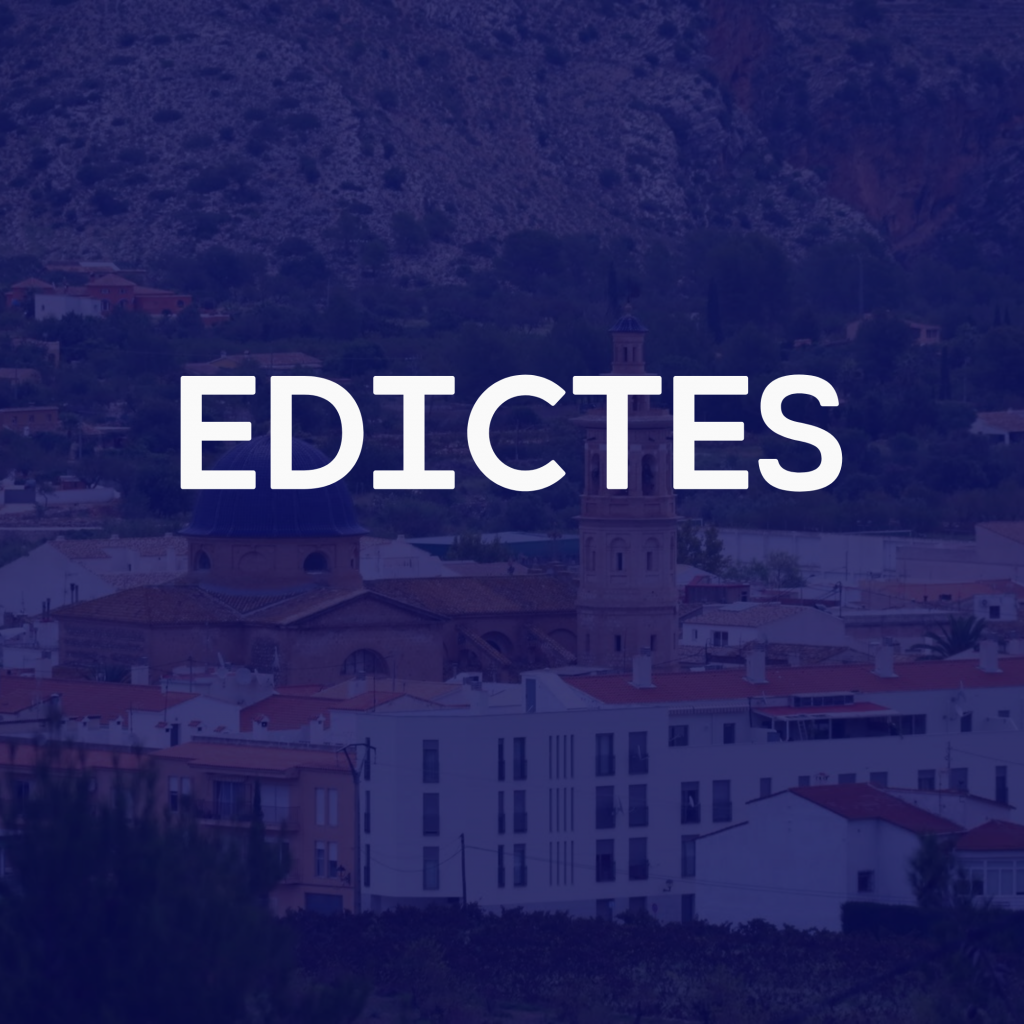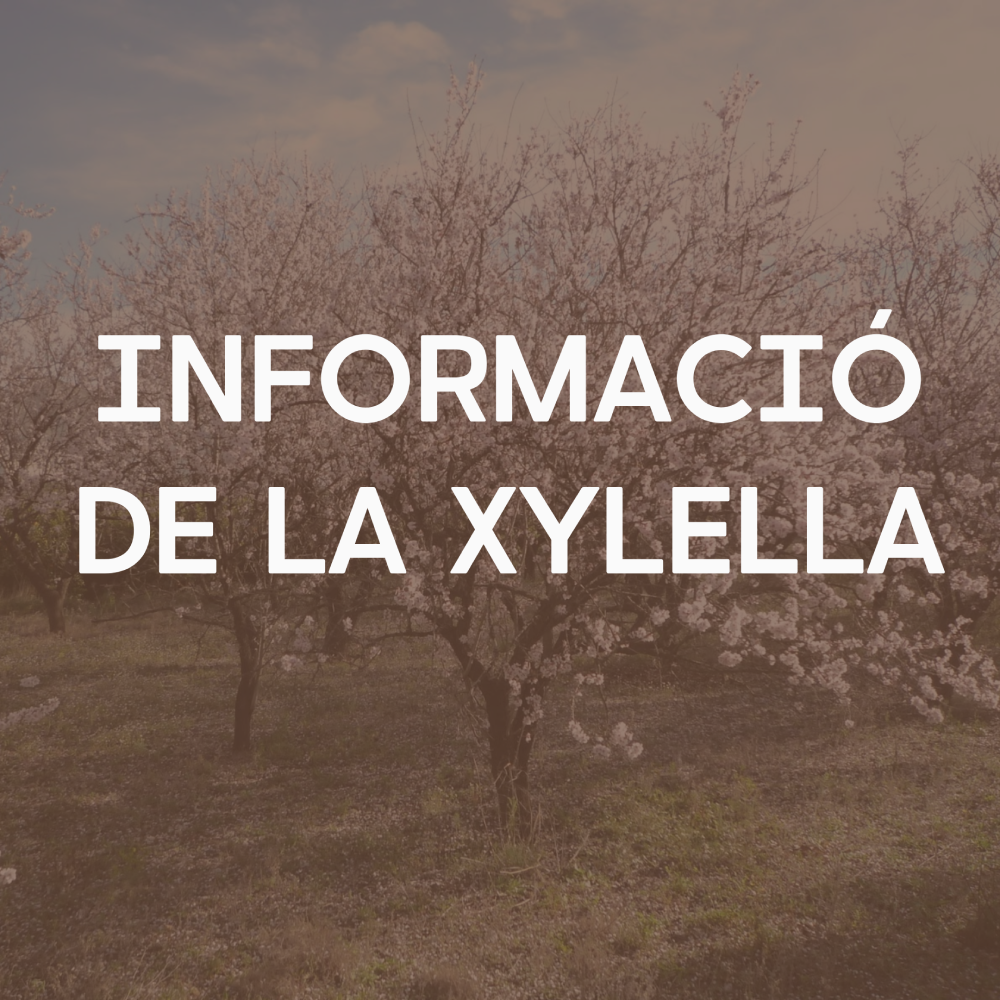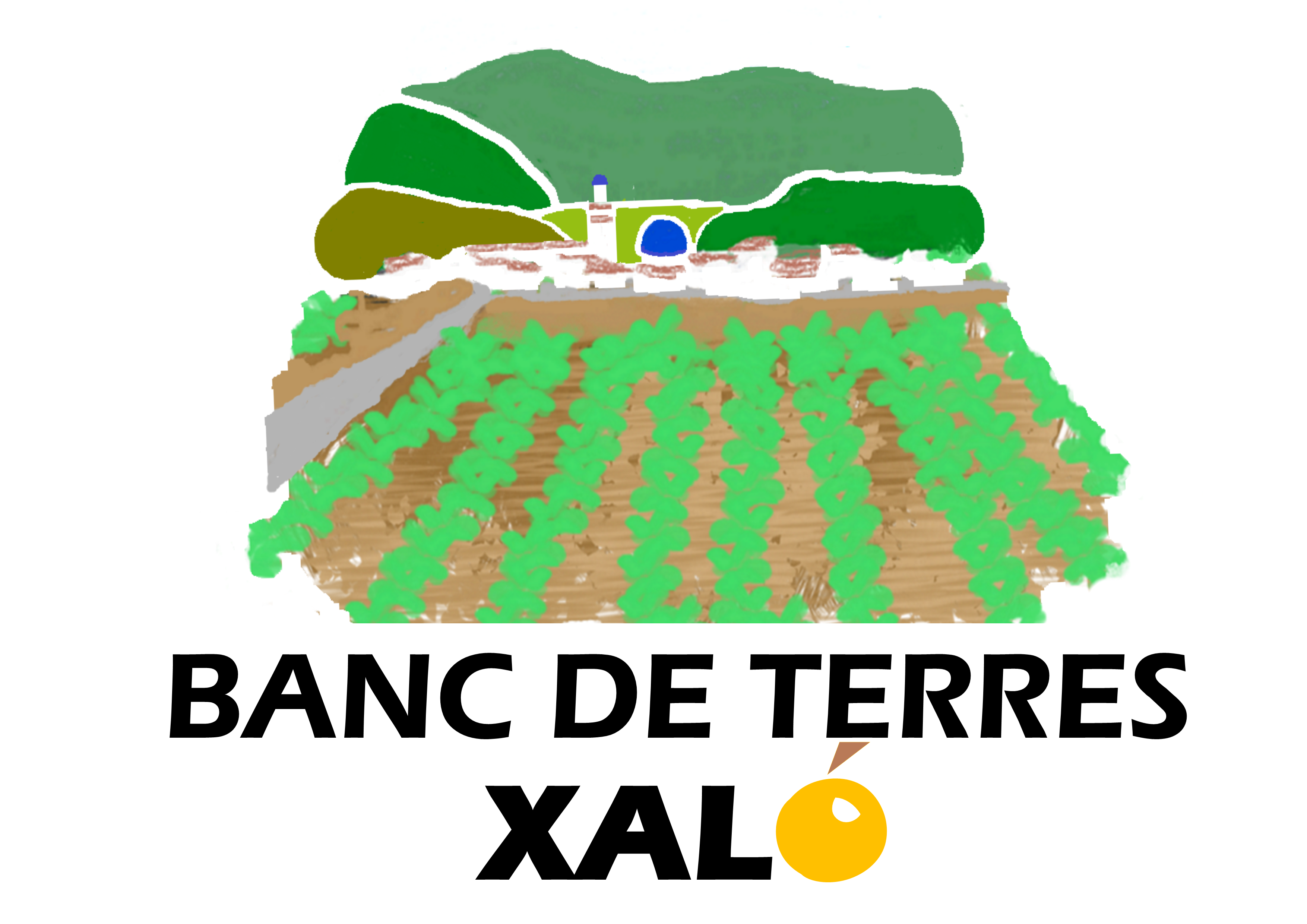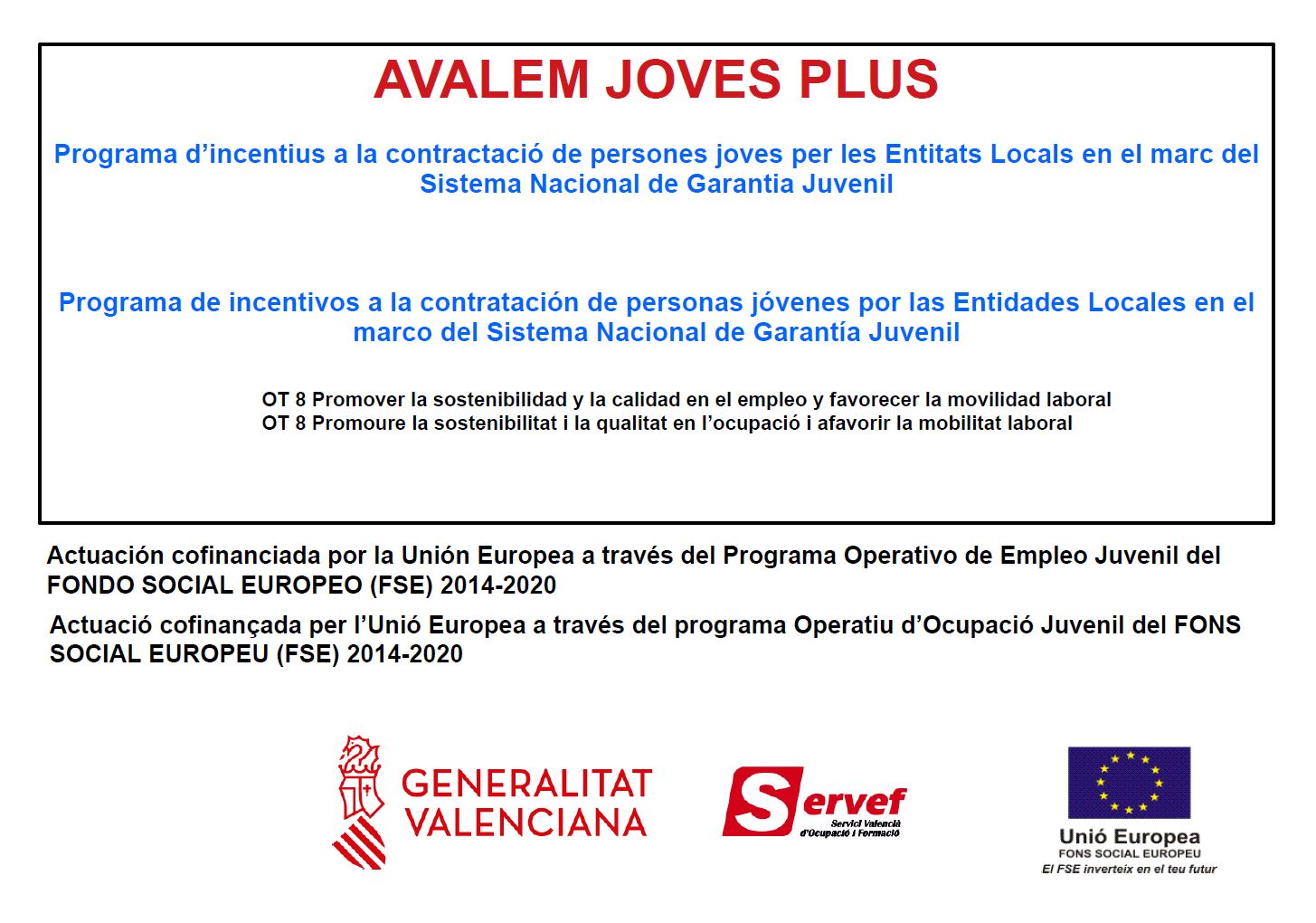Until the year 2017, there was a water extraction system with two points, one in Parcent, which supplied water to the area of La Solana and with another well in Llíber which supplied water to the village centre and the Southern areas of the village. This second water well has a high level of salinity and therefore has restrictions for human consumption. Starting in 2017, new facilities were built, water leaks were reduced and it was possible for the whole town to enjoy the drinking water from Parcent, becoming a single point of supply that reaches the three reservoirs located in the Devesa and La Solana. The Parcent well is owned by the community of ‘Regantes del Valle del Pop’ from which the water supply arrives to Xaló, Parcent, Llíber and Alcalalí. These villages transfer the water from the irrigation reservoirs to the treatment plants located in Parcent and the drinking water is stored in a reservoir owned by the municipalities in Parcent. From this point it is distributed to the water deposits in the villages.
What has been the problem?
Each year it is common that the workers at the irrigators lower the pump even deeper due to the lowering of the water level. This has been carried out even more since the deepening of the well in Benichembla, which was completed in 2018 to reach the municipality of Benissa. This is because it uses the same supply. This operation of changing the level of the pump was carried out a few days ago by the irrigators in Parcent and they activated an emergency protocol to avoid water cuts. In Xaló, the supply was maintained with the exception of a 3-hour water supply cut in the area of La Solana.
After positioning the pump, the electrical system also cut out several times during the day. This led to supply problems and continuous interruptions to the supply for various days. The cause was unknown. Finally, on Saturday 3 August the electricity supply to the pump cut off almost every two hours, making it very difficult to maintain the service and it was decided to re-extract the pump on Monday with the additional problem that the replacement pump was also being repaired by the engineers. It worked intermittently throughout Sunday to avoid cutting the supply until Monday. On Monday the pump replacement work began. The high level of water consumption caused the Xaló water deposits to empty in a few hours and it was decided to activate the Llíber well again as an emergency measure, to offer an alternative to the service even though there were restrictions for human consumption.
The irrigators in Parcent found that the reason for the breakdown was a partial breakage in the wiring, which caused the power outages. On Tuesday, early in the afternoon, the work was completed and they begin filling their deposits. At 7pm the water treatment plant was activated and began to carry water to the area of La Solana. The supply to the homes there returned to normality between 9pm and 11pm.
Why was the supply cut to La Solana and not the rest of the village?
To be specific, 70% of the municipality was able to have a water supply, albeit with restrictions for human consumption, 10% (Valle del Paraiso and La Almàssera) didn’t suffer water cuts and had drinking water and about 20% had water cuts that ranged from between 18 and 24 hours in duration.
The area of La Solana is served by the water deposit located in Parcent, which is the one that is usually emptied first. At that moment, it was not possible to connect the area with the water coming from the well in Llíber like the rest of the municipality. The area of Valle de Paraiso and La Almassera have their own deposits that endured a few more hours of Service.
Could it happen again?
An occurrence where several factors coincide, such as in this case, is unusual. However, our current dependence on a single point of water in Parcent makes us more susceptible to breakdowns.
What can we do better at the Town Council?
All crises make possible improvements more visible. From an infrastructure point of view and since the whole town has enjoyed drinking water (since the end of 2016), we have not had a problem for which the solution has required so many hours. This recent occurrence has made us see the following shortcomings and proposals for improvement:
– It was a positive decision to have kept Llíber well in operation throughout these years (The electricity supply and analysis control) as even though it is water with consumption restrictions, it has allowed us to maintain the water service to the majority of the people. This measure has prevented a large water cut to the whole town.
– In the future, we need to be able to connect La Solana to the water reservoir in the urban area located in La Devesa. This would offer the area of La Solana more water service time if a breakdown occurs again, and if it is for an extended period, the area could be supplied by the service of the well in Llíber.
– A study needs to be commissioned to renovate the old million-litre tank that is inactive in La Devesa. It needs to be linked to the new water deposit. This would increase the reserve water supply to 3 million litres in the event of an emergency.
– In the long term, we must advance the work in order to have a new well with the ability to supply the whole municipality for the first time.
– There is a need to further improve communication channels with consumers in order to report issues more quickly and efficiently.
– We must continue to demand infrastructure improvements for the interior municipalities. Large infrastructure projects have been completed to provide the tourist villages on the coast with water from inland and access to these resources has been blocked for small rural villages.
– We must bear in mind the effects of climate change. It is becoming increasingly difficult to maintain the current rate of consumption of natural resources. The level of the available water supply is at a historic minimum.
